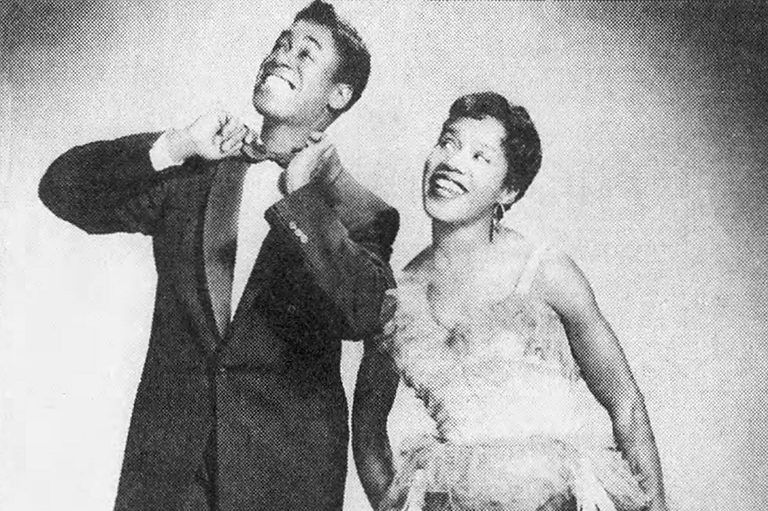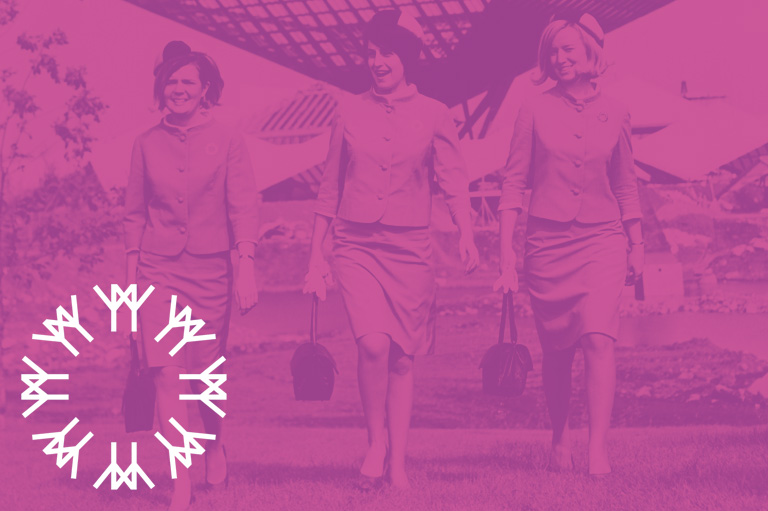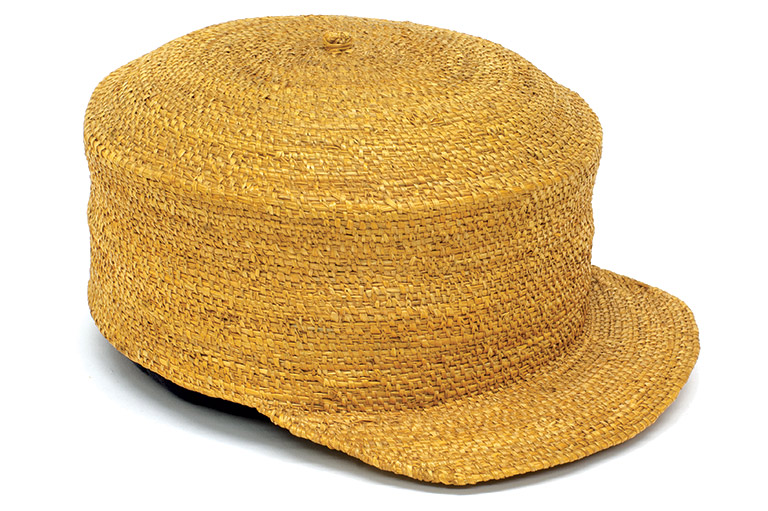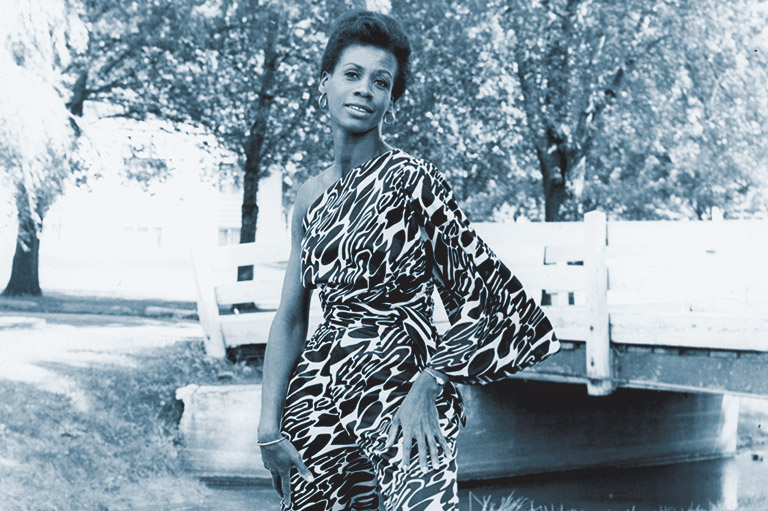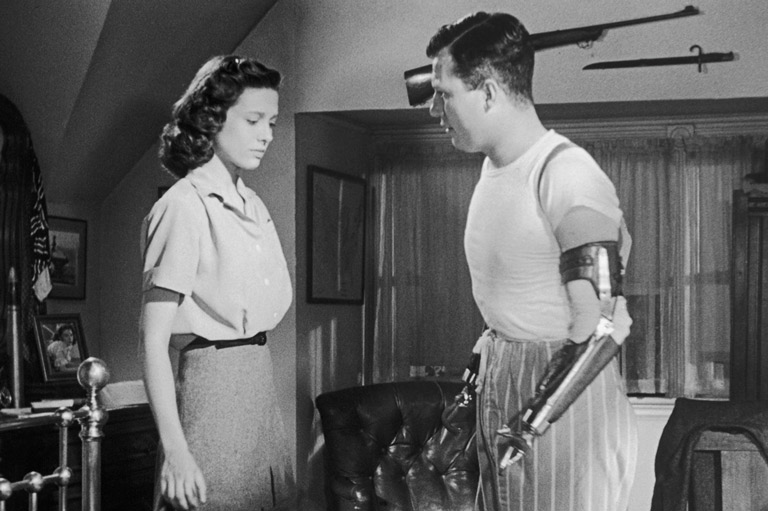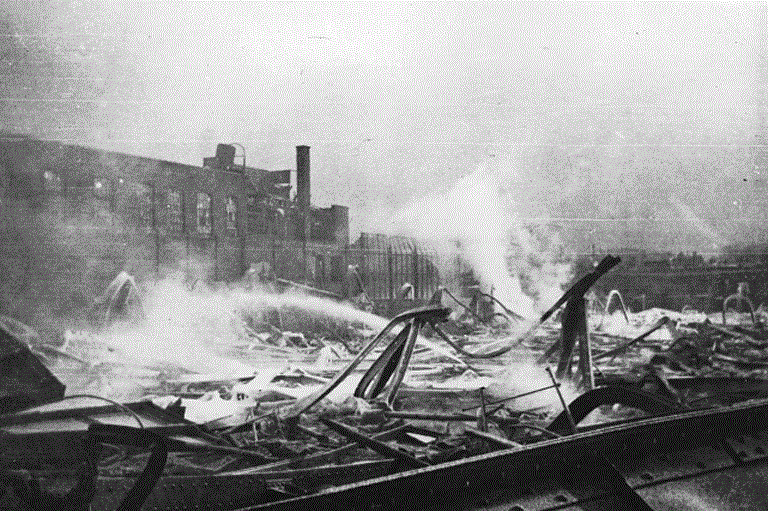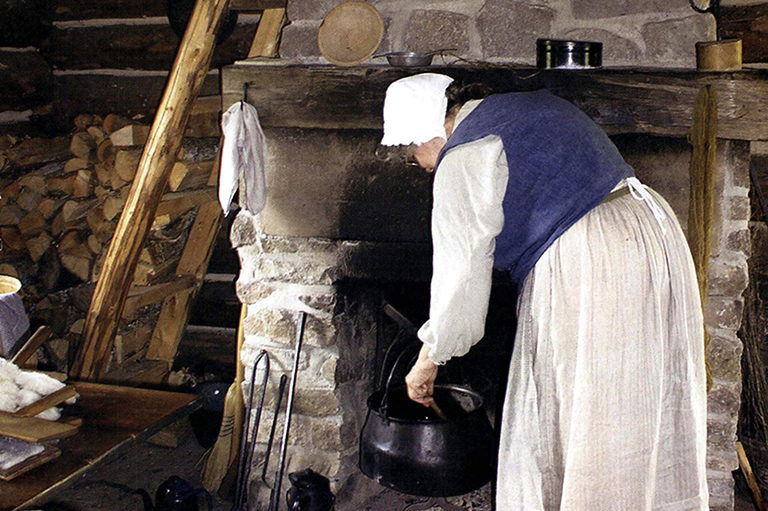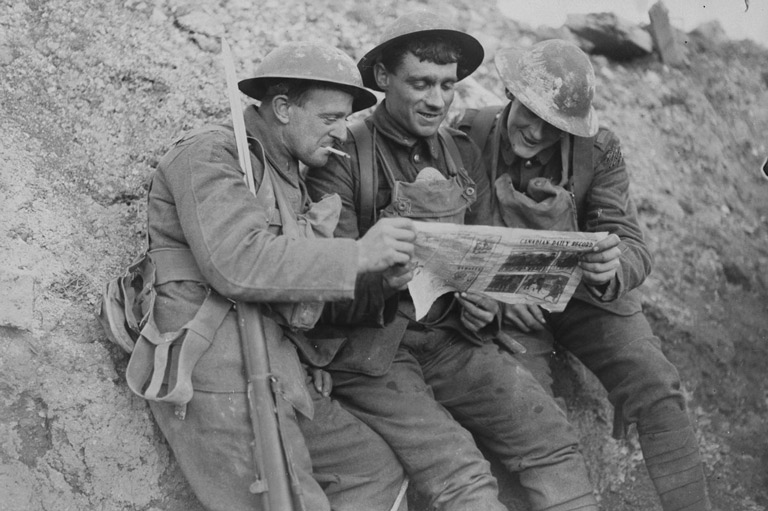Hair in the Press
From the mid-eighteenth century onward, advice has abounded in newspapers, magazines, and catalogues on the latest hairstyles, accessories, fashions, and fads in the trend-setting cities of Paris, London, and New York. In Canada, magazines like Chatelaine have linked local styles to beloved characters and famous movie stars. Throughout the twentieth century there were fantastic episodes of big hair, a lot of fake hair, and breathless hype about electric curling implements and other hair-styling gadgets. Here are a few examples.
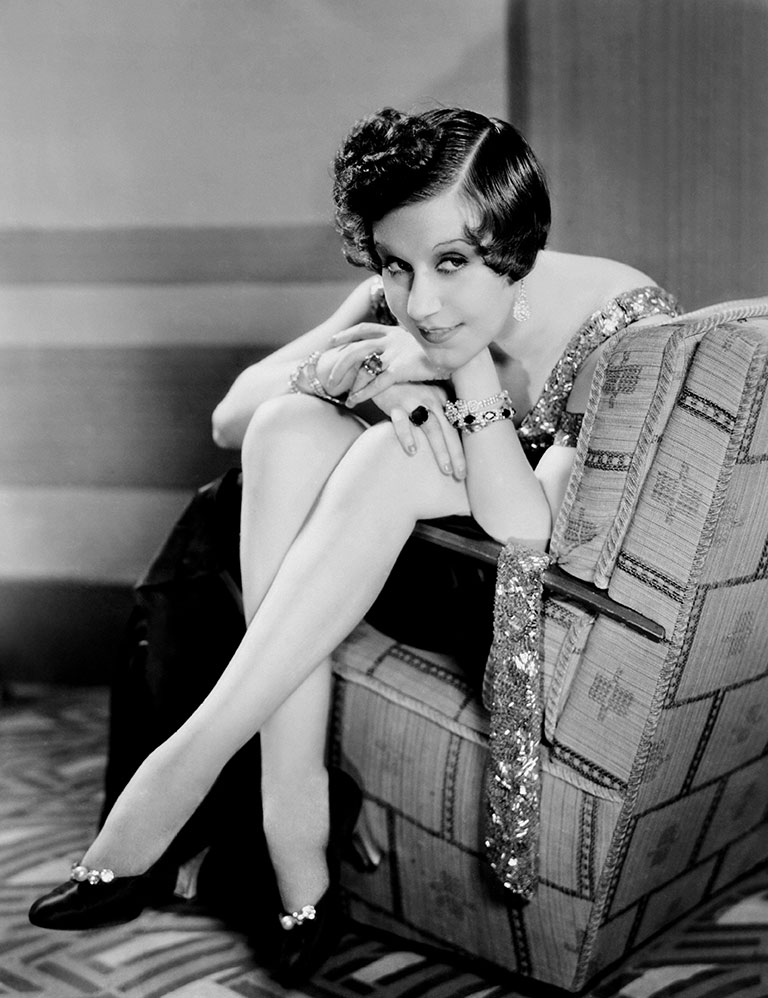
The Bob
As early as 1915, popular media was introducing Canadian women to the controversial bob cut, which eschewed the traditional femininity of long hair for the perceived boyishness of short locks. “New York women have succeeded in getting a genuine novelty in hairdressing, though it must be added there are still a few who haven’t accepted it,” the Winnipeg Free Press reported in May 1915. “The newest thing for the matinee-goer is clipped hair, clipped over the ears if the wearer is a bit timid, or clipped all the way like a baby boy’s if she means to go the whole figure.”
The comic strip character Buster Brown was sometimes cited as an inspiration for this style, which persisted into the 1930s. But some people didn’t find the look amusing. “The French courts have been called upon to decide whether hair bobbing, like marriage, in the case of a young girl requires the consent of her parents,” the Lethbridge Herald reported in a wire story from Dijon, France, in October 1925. “A girl of 30 recently went to a hairdresser and had her long locks shorn. Her father was irate and brought suit for damages against the barber. The barber syndicate of Dijon has joined in the defense of the suit.”
With 7 uniquely curated newsletters to choose from, we have something for everyone.
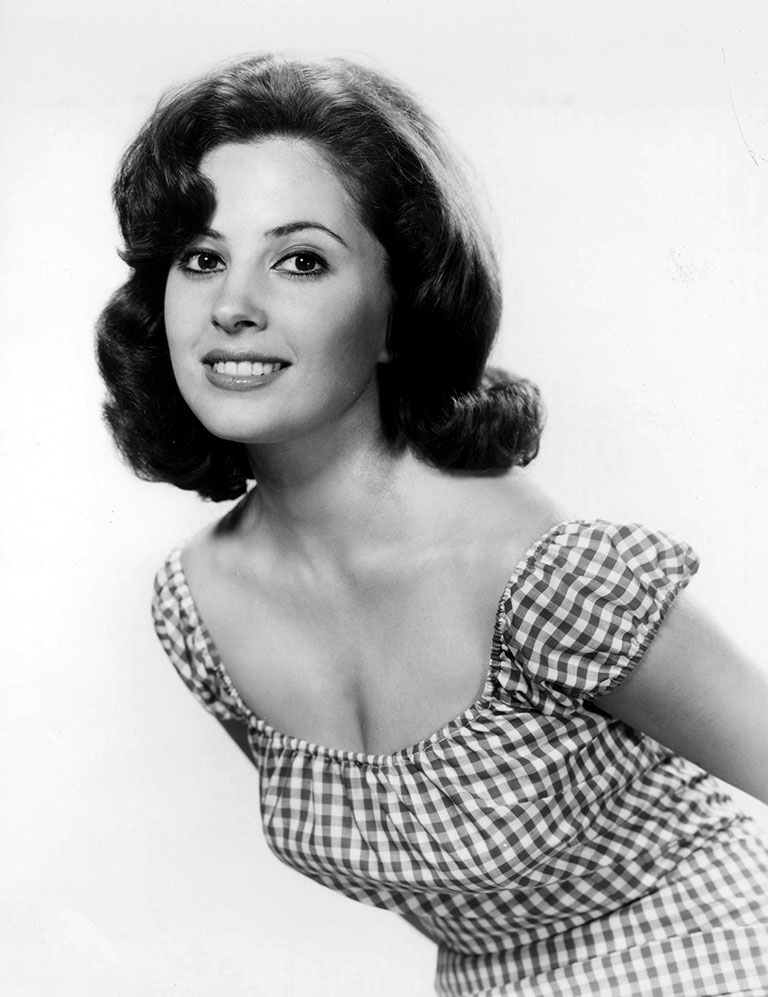
The Bouffant
By the 1950s, the bouffant hairstyle came into vogue. However, in a July 1956 Winnipeg Free Press article titled “Will Windy Winnipeg Defeat New Hair Style?” advice and fashion columnist Ruth Thorvaldson declared her concern for the fate of the bouffant: “Local hairstylists are willing to set customers’ hair according to the new trend, but in a windy city like Winnipeg some doubt if it will become popular beyond the experimental stage. Women accustomed to easily groomed, short-cropped hairstyles are not likely to give in to the harder-to-manage, smoother hairdo, say the stylists.” By the winter of 1963, one Free Press advice column opined that Winnipeg women should give up the bouffant in favour of a style that was “more conducive to hat wearing. Up to now, our women have been more or less babushka-inclined.”
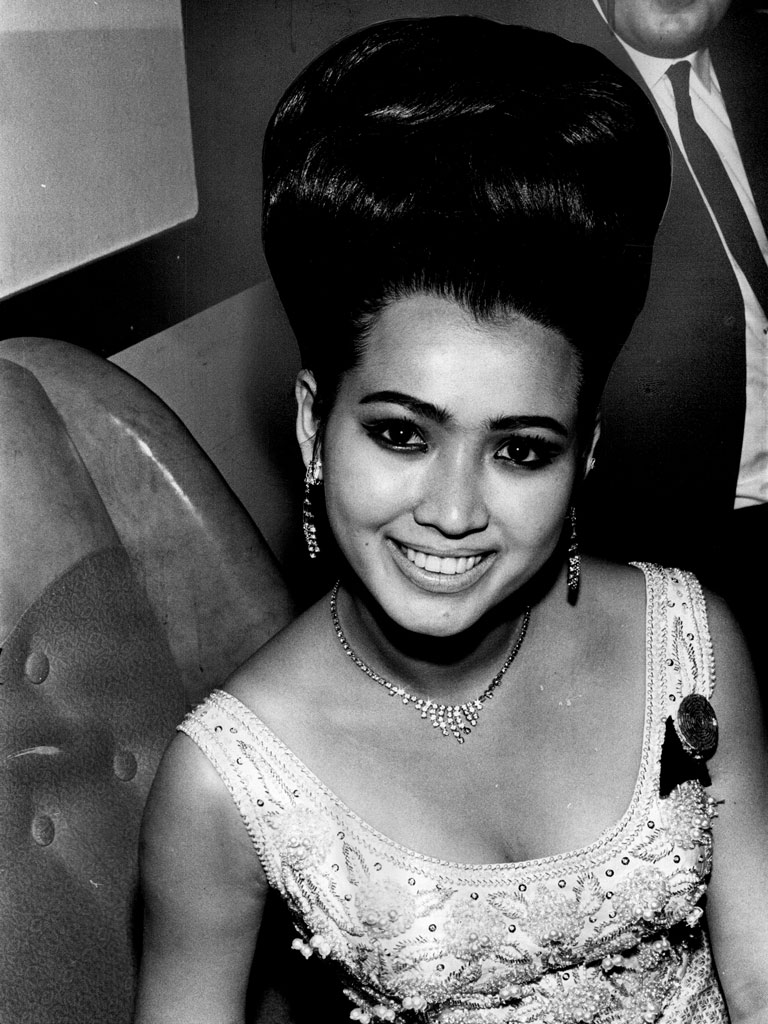
The Beehive
Perhaps to the dismay of that advice columnist, the next trend was no more conducive to hat wearing than the bouffant had been. The beehive, which involved piling hair high on top of the head, was either a stylish fashion statement or an annoying obstruction, depending on one’s point of view. In an October 1959 article in the Winnipeg Free Press entitled “Trouble at the Theatre: Beware of the Beehives,” writer Eugenia Sheppard described one patron wearing a beehive “trussed up, goodness knows how, into a 12-inch-high pile on top of her head.” In 1962, a patron at the city’s Rainbow Theatre complained: “When the show began, my neck started to ache from craning around this grotesque beehive…. When imprisoned behind a soaring beehive hairdo, one has the choice of either leaving or shutting one’s eyes and enjoying the music.”
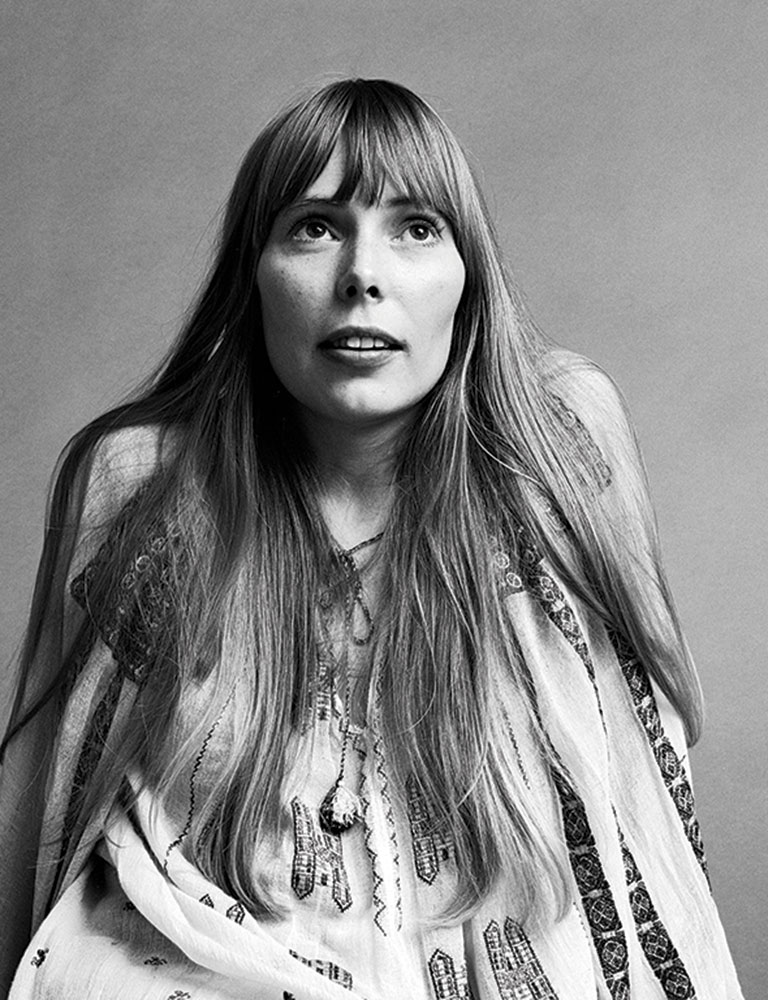
Flat Hair
As the 1960s wore on, elaborate updos gave way to the long, straight hair of hippies and flower children. But, though it may have seemed more natural, this look also required work — and technological help. “If you spot your teen-age daughter with the electric iron plugged in but nothing in sight that needs obvious pressing don’t be alarmed. She’s just going to ‘iron her hair straight,’ the latest fad among the younger female set,” Winnipeg Free Press columnist Gene Telpner noted in December 1964. “So, the hair situation has now come full circle, from beehive bouffant to flat heads made even flatter by application of irons. Some of the girls have even dug out old curling irons of their mothers but are using them for straightening purposes. Even a few teen-age boys are pressing the front of their hair in sort of a kooky bang arrangement. Tough to be a parent these days.”
If you believe that stories of women’s history should be more widely known, help us do more.
Your donation of $10, $25, or whatever amount you like, will allow Canada’s History to share women’s stories with readers of all ages, ensuring the widest possible audience can access these stories for free.
Any amount helps, or better yet, start a monthly donation today. Your support makes all the difference. Thank you!
Themes associated with this article
Advertisement

